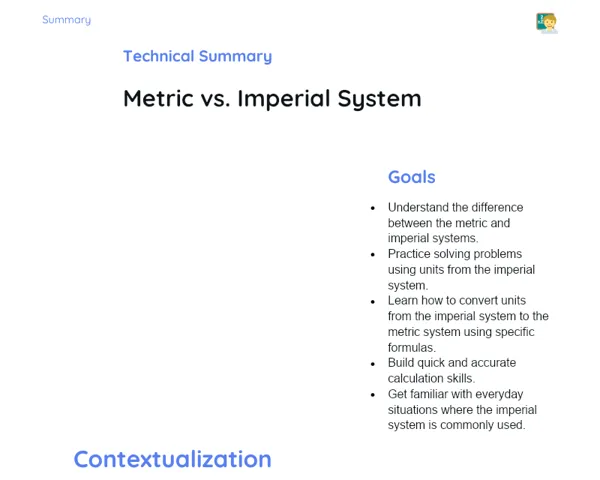Goals
1. Read and compare natural numbers less than 100,000.
2. Identify the number of elements in sets with fewer than 100,000 elements.
3. Develop analytical and logical reasoning skills.
4. Get acquainted with practical tools to tackle mathematical problems.
Contextualization
Natural numbers are everywhere in our daily lives, whether we're counting fruits at the kirana store, checking the quantity of items in our shopping cart, or tracking scores in a cricket match. Being able to read and compare natural numbers less than 100,000 is crucial for carrying out these tasks accurately and with confidence. For instance, when taking stock in a toy store, understanding how to read and compare numbers ensures that all items are properly accounted for. Likewise, in fields like software development, working with large data sets requires proficient number reading and comparison skills.
Subject Relevance
To Remember!
Reading Natural Numbers Less than 100,000
Reading natural numbers less than 100,000 means accurately identifying and articulating these numbers, grasping the significance of each digit based on its position. This accuracy is essential for a variety of everyday and professional scenarios.
-
Digit identification: Recognizing each digit that forms the number.
-
Place value: Understanding the value of each digit according to its position.
-
Correct articulation: Knowing how to express the number in words, ensuring clarity and precision.
Comparing Natural Numbers Less than 100,000
Comparing natural numbers less than 100,000 involves identifying which number is larger, smaller, or if they are equal. This ability is critical for making informed, data-driven decisions in both personal and professional situations.
-
Ascending and descending order: Arranging numbers from smallest to largest and vice versa.
-
Using comparison symbols: Correctly applying symbols (> , < , =) for comparing numbers.
-
Contextualizing the comparison: Understanding the background of the comparison to make informed choices.
Identifying the Quantity of Elements in Sets
Identifying the quantity of elements in sets with fewer than 100,000 elements means counting and comparing these elements to find their total number. This skill is vital for managing inventory and conducting data analysis.
-
Accurate counting: Counting elements effectively and accurately.
-
Grouping: Organizing elements into manageable groups to streamline counting.
-
Verification: Double-checking the count to confirm the accuracy of results.
Practical Applications
-
Inventory Management: Professionals in logistics utilize skills in reading and comparing numbers to track and control the quantity of products in a warehouse.
-
Data Analysis: Data scientists and programmers often work with vast sets of numbers, requiring them to compare and sort this data to extract meaningful insights.
-
Financial Planning: Accountants and financial analysts regularly compare numbers to make informed decisions regarding investments, budgets, and various financial matters.
Key Terms
-
Natural Numbers: A group of numbers that consists of all positive whole numbers.
-
Place Value: A numerical system where the value of a digit is determined by its position within the number.
-
Numerical Comparison: The process of determining the relationship between two numbers (greater, lesser, or equal).
Questions for Reflections
-
How does the ability to compare numbers enhance the organization and efficiency of stock management in a large retail store?
-
In which ways can precision in reading numbers affect data analysis outcomes in a research initiative?
-
Why is it crucial to nurture skills in reading and comparing numbers from early education?
Hidden Numbers Challenge
This hands-on challenge will help solidify your skills in reading and comparing natural numbers less than 100,000.
Instructions
-
Grab a piece of paper and randomly jot down 10 natural numbers less than 100,000.
-
Swap your paper with a classmate so that each of you can read and arrange the numbers in ascending order.
-
Compare your sorted numbers with those of another classmate to decide which are larger, smaller, or equal.
-
Share your findings with the class, explaining the rationale behind your comparisons.


